Though not the oldest city in our fair nation, Denver does, in fact, have a history and an identity that is oftentimes overlooked. Just take some of the clubs and music venues that we frequent countless times a year – they’re chalk-full of history. And when moving to a new location, these venues and the people behind them have worked extremely hard to maintain the authenticity of the venue’s past. The sites of so many Denver nighttime hot-spots were once home to iconic businesses, thriving in the old buildings that today we party in. We wanted to give you some background knowledge for the next time you’re out seeing a cool band and you can turn to your friend and say, “Hey, did you know that this building once was…” For how cultured you’ll sound to your crew, you can thank us later.
Milk Bar/Bar Standard – Jonas Brothers Taxidermy
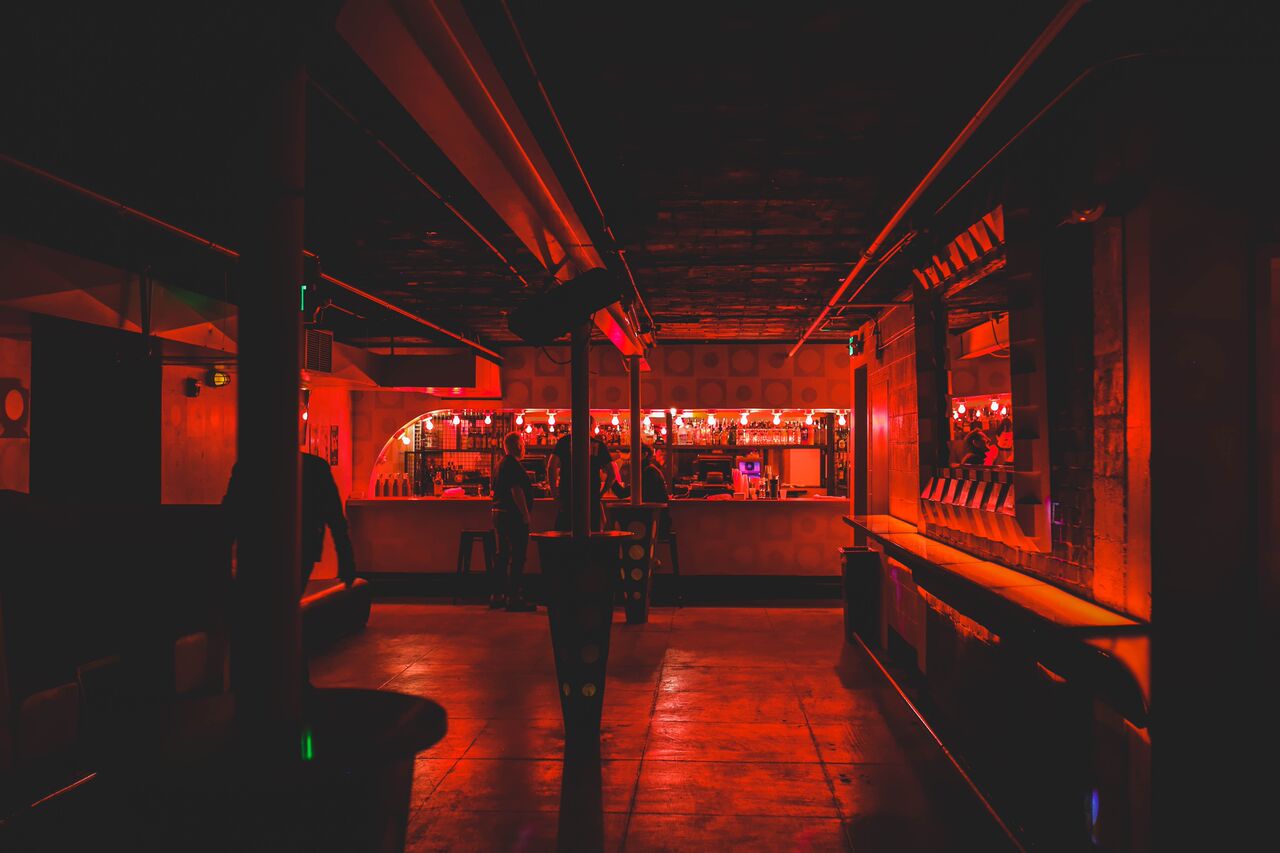
In 1908, recent Hungarian immigrants Coleman and John Jonas started a taxidermy business in Denver. In 1923, the two brothers, along with their others brothers Louis Paul, Leslie and Guy, expanded the business and moved into the building at 1037 Broadway that we know today as the home of Milk Bar and Bar Standard. Back then, however, the taxidermy business thrived, producing hunting trophies and high-end dioramas, some of which are still on display at the Denver Museum of Natural History. The five successful brothers also started a new venture in furs, turning the first floor of the building into their fur saloon. The second floor was used solely for manufacturing, while the third floor was a studio for modeling animals. The Jonas Brothers’ (no relation to the current musical Jonas Brothers) business inhabited the building for about 50 years before packing up the family business and vacating the building in the early 1970s. Today, the legendary building is known for Milk Bar’s multiple themed rooms and Bar Standard’s features of countless high-profile DJs.
The Church Nightclub – St. Mark’s Episcopal Church
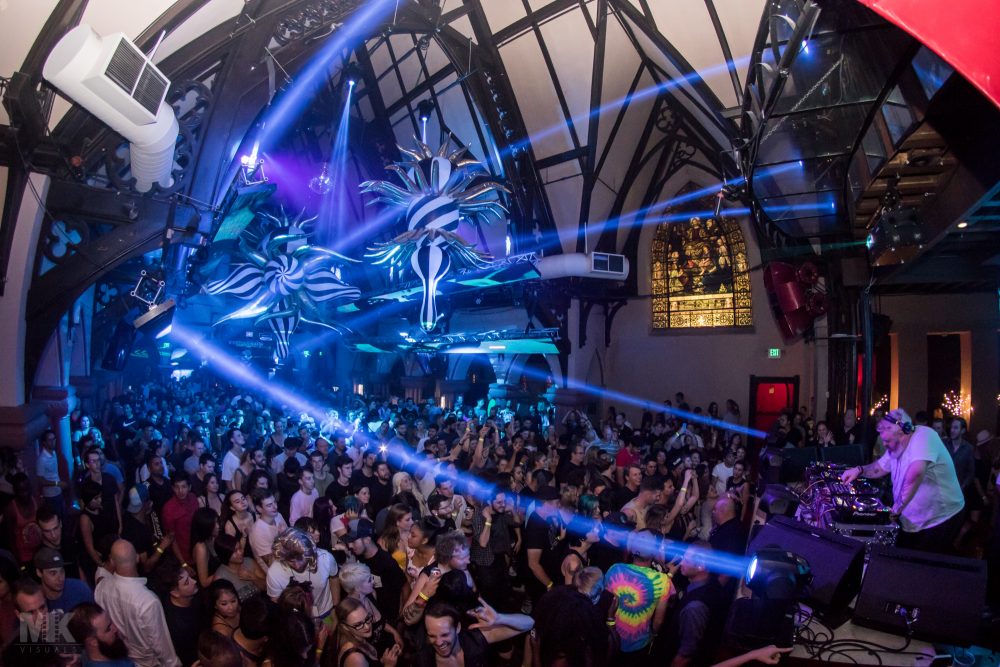
To this day, The Church nightclub has kept intact the original Gothic architecture, stained glass windows and intricate woodwork from its original build. Upon its construction, the venue became home to St. Mark’s Episcopal Church, founded in 1889 by Reverend John Franklin Spalding. The church served for 86 years until another St. Mark’s opened in the Wash Park area. The building stood empty for nearly 20 years until Sanctuary, a club, opening in the early 1990’s. Then on New Year’s Eve of 1996, the venue officially became the Church of the Seven Candles, named after the stained glass artwork throughout the building. Today, The Church is one of Denver nightlife’s most iconic venues, having been named by DJ Magazine as one of America’s best clubs.
READ – City Hall Amphitheatre is Turning into a Nightclub, Coffee Shop, Art Gallery and Restaurant
Ophelia’s Electric Soapbox – Brothel
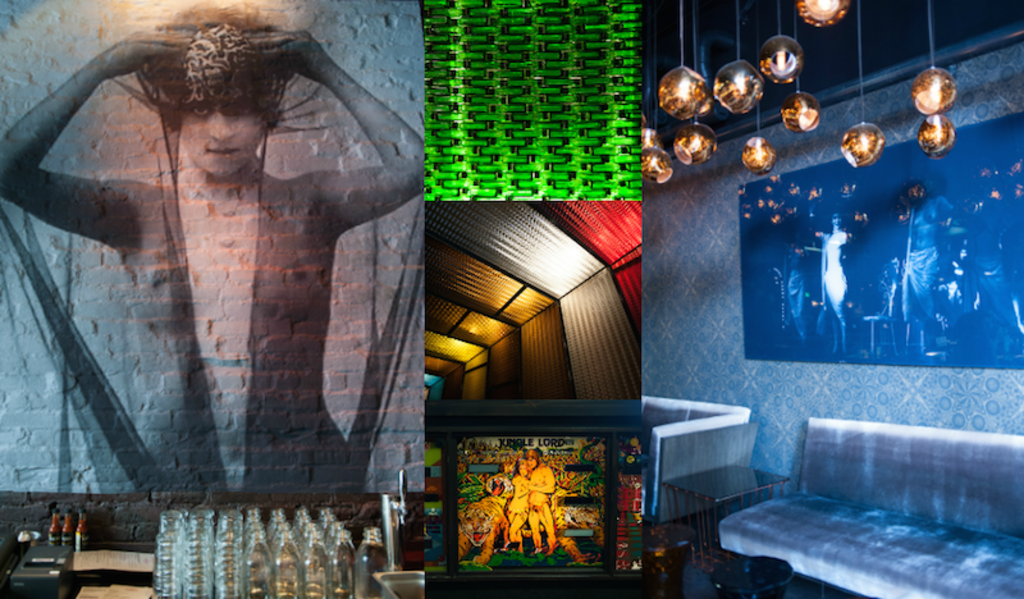
We were there for its grand opening in 2015, and since then, Ophelia’s has become a staple in Denver’s live music and nightlife scene. The building on 20th and Larimer opened in 1889 as a brothel. Today, Ophelia’s boudoir-style decor honoring the building’s past earned itself the title of a Colorado Historic Landmark. Between 1889 and now, the building has had several owners and been home to several businesses, including the initial brothel, an adult bookstore and a number of restaurants, bars and hotels/rooming houses. The building’s official present-day name is the Airedale, dubbed by Elmer Sommers when he purchased the building in 1919, and that’s where our beloved Ophelia’s resides, bringing us delectable food, drink and live music.
The Gothic Theatre – Movie Theater
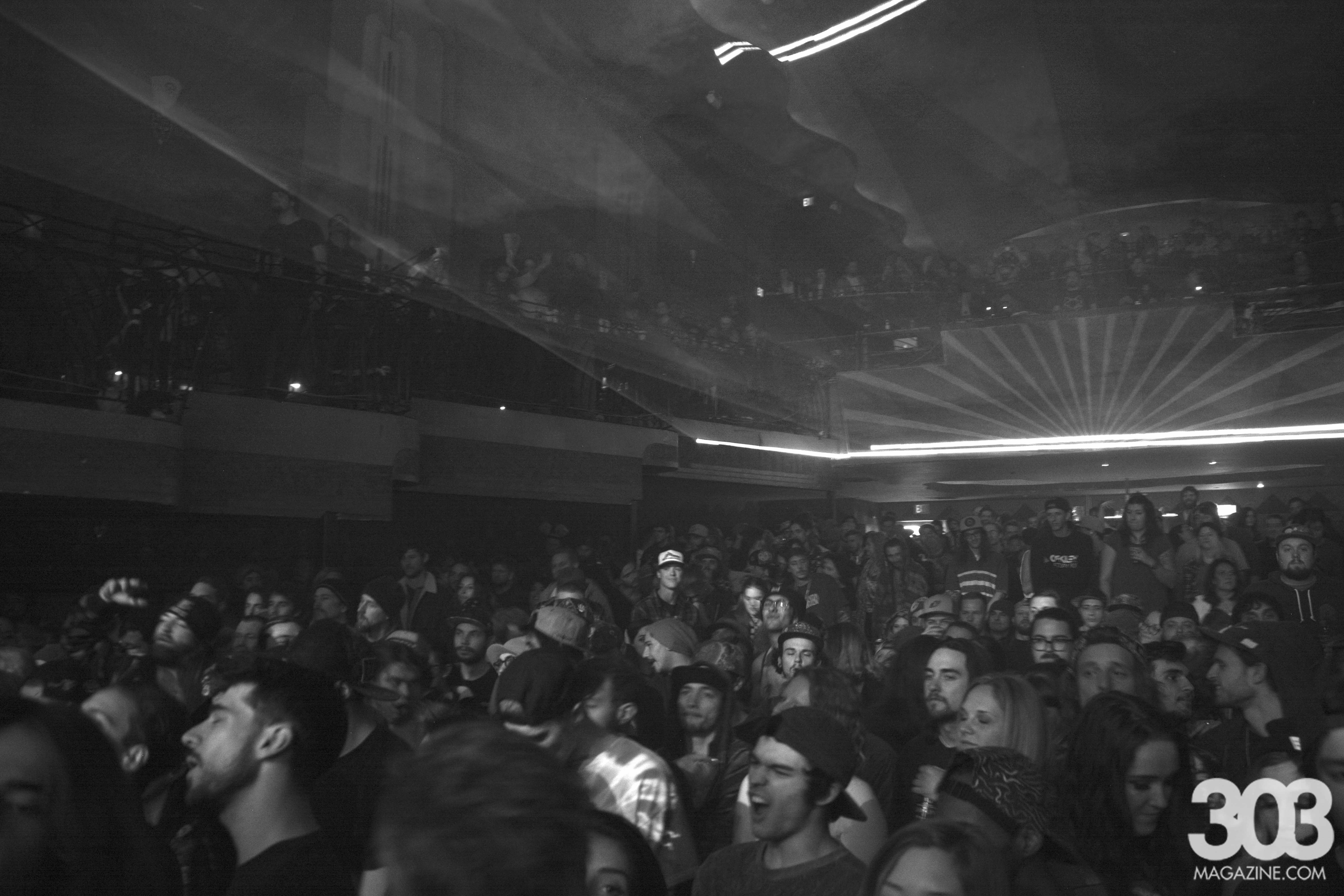
Built in the 1920s, the Gothic Theatre was formerly a movie theatre, known for its grand art deco style interior. The theatre is said to be the first theatre in Denver to show “talkies,” before theatres moved away from single-screen complexes and put the Gothic, inevitably, out of business. In the 1990’s the venue filed for bankruptcy, and there was a demolition scheduled until it was purchased by two friends. The pair spent 1998 majorly renovating the Gothic while being sure to keep the historic interior. The grand re-opening was on June 23, 1999, and hosted the Rebirth Brass Band as the main act – and the rest is history.
DazzleJazz – O.P. Baur Confectionery Company
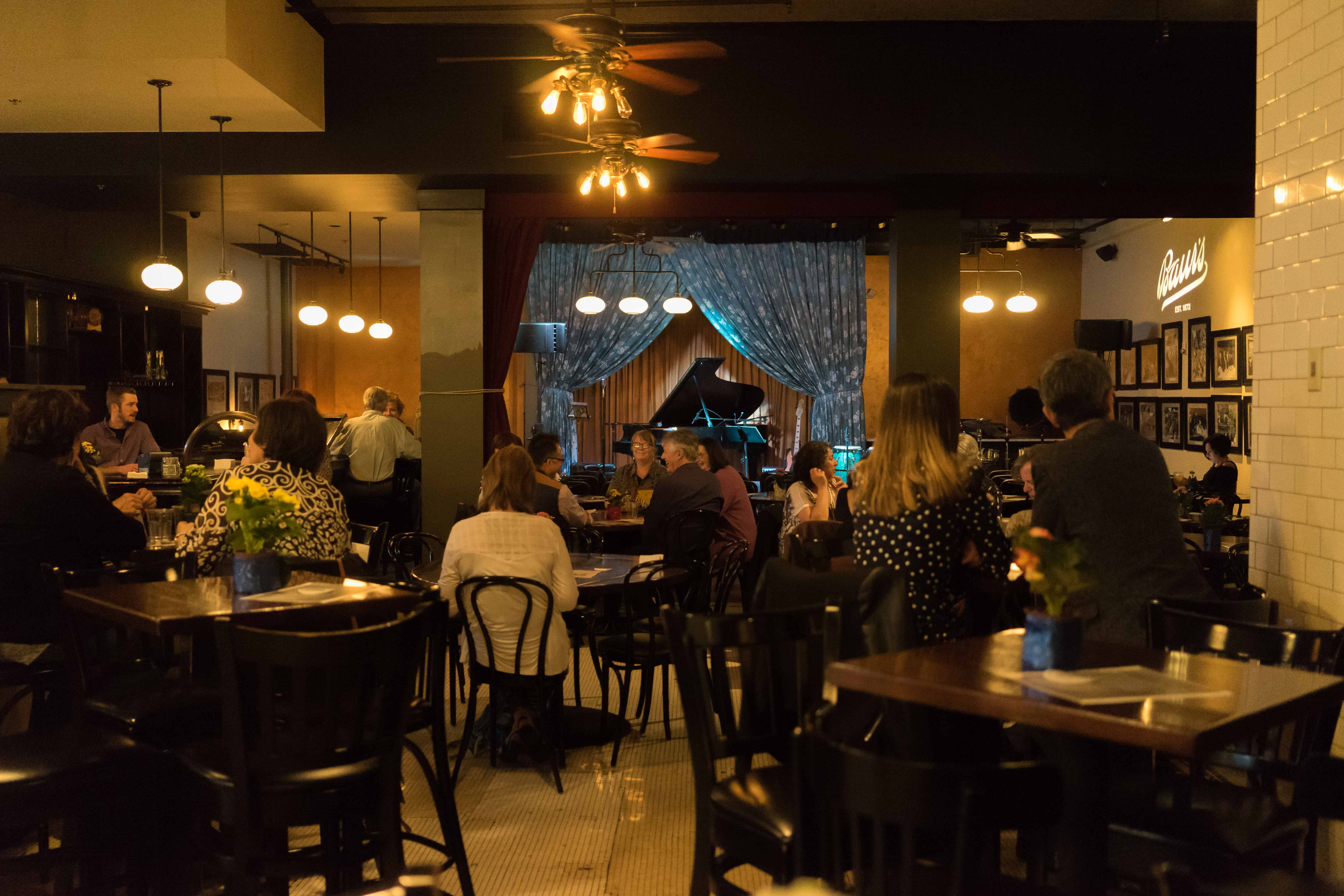
Just earlier this year, DazzleJazz moved locations after 19 years at its home on Lincoln Street. In the 1800s, jazz club’s new location at 1512 Curtis Street was once upon a time owned by Otto Baur. Baur ran a confectionary company out of the building and is rumored for inventing ice cream soda. Whether that tidbit is fact or hearsay, the O.P. Baur Confectionery Company was founded in 1872 and was known for giving out free ice cream during the Great Depression. Today, the building is on the National Register of Historic Places after a long history of restaurants and other local establishments, and most recently, Denver’s premier jazz venue.
Fillmore Auditorium – Mammoth Roller Rink
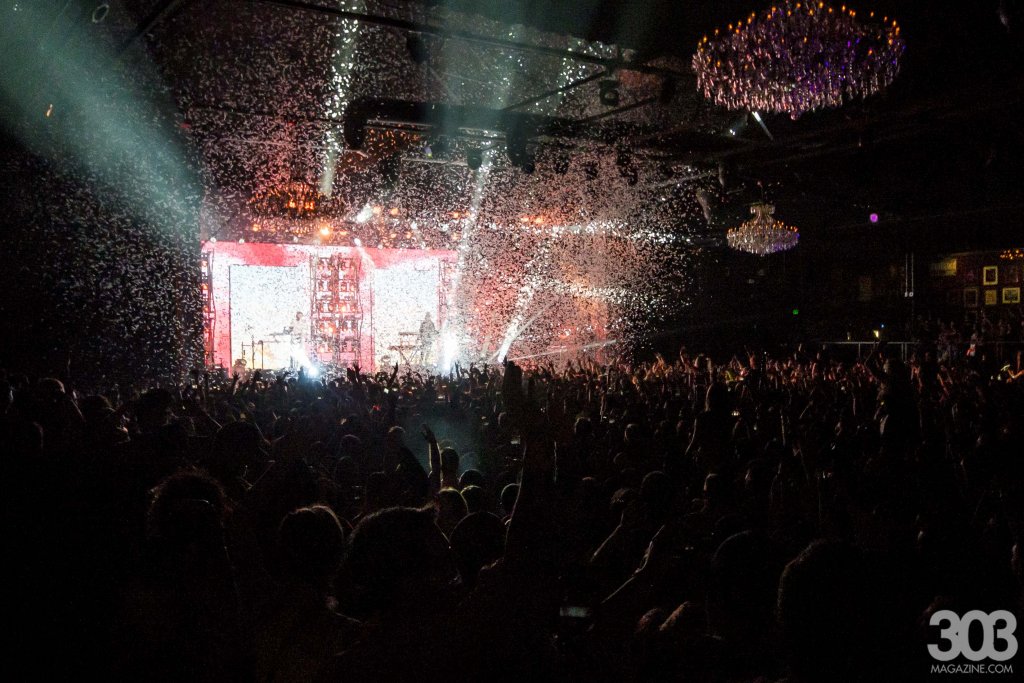
Built in 1907, what is today the Fillmore Auditorium was then the Mammoth Roller Rink and was a popular hangout spot for students from Denver’s East High School. Unfortunately, the roller rink only survived three years in business before being taken over by Fritchle Automobile & Battery Company. For the next 10 years, the company would produce 500+ vehicles. However, recreation was in the building’s destiny, for after Fritchle & Company vacated, the next owner Irving Jacob reopened the building as the Mammoth Garden Roller Club, home to the Colorado Roller Hockey League’s Mammoth Garden Dodgers. Following of the purchase of the building by Bill Graham and Chuck Morris and a hefty renovation, the building officially became part of Graham’s legacy as the Fillmore.
Cervantes’ Masterpiece Ballroom – Casino Cabaret
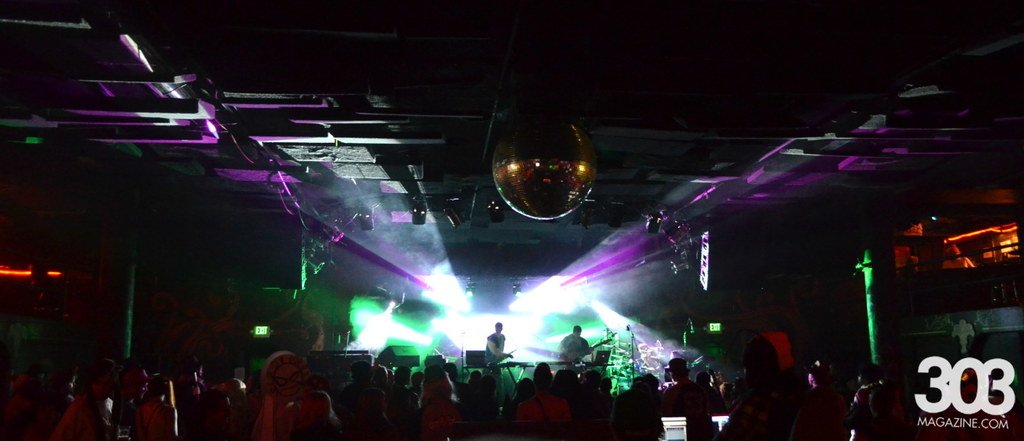
The building at 2637 Welton Street was originally the Casino Cabaret, where jazz legends such as Duke Ellington and Count Basie played at in the 1930s. Later on, the Cabaret would also offer its stage to James Brown, Ray Charles, Tina Turner and more. It wasn’t until 2003 when the location became Cervantes’, though, like its predecessor, the venue still books the most popular local bands, and some national names as well.
Globe Hall – Slovenian and Croatian meeting hall
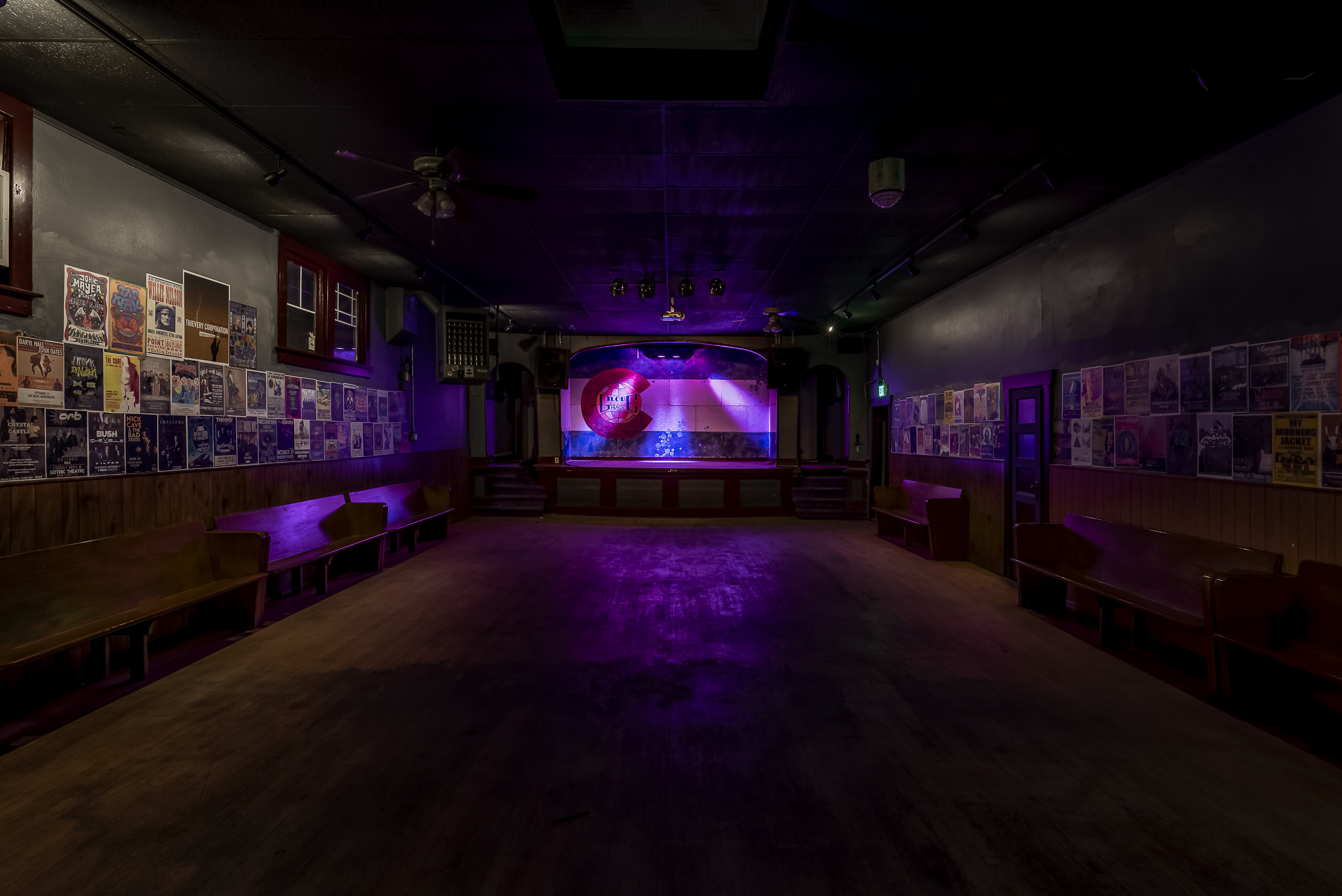
On the corner of 45th Avenue and Logan Street sits Globe Hall, which just recently went under new ownership from Scott Campbell – whose name might sound familiar from his work at Larimer Lounge and Lost Lake. Before that recent acquisition, however, Globe Hall was known as the Sidewinder Tavern, and before that was St. Jacob’s Lodge Hall and served as a Slovenian and Croatian meeting hall. In our feature piece on Globe Hall earlier this year, we learned that “Globe Hall got its name from surrounding Globeville when the previous owner, Jeff Cornelius, bought the property, brought in a 6,600-pound rotisserie smoker and transformed the establishment into a bonafide BBQ restaurant and music venue.”






Does anyone remember The Yellow Pages Nightclub in Downtown Denver in the 1970’s?
Yes and I’m also trying to remember the name of a small performance venue downtown where we saw the Righteous Brothers in the early 70’s. It seems like it was the Picadilly something?
It’s really sad what’s happening now, he landscape of Denver Clubs may change dramatically after we are finally done with the whole Covid-19 Coronavirus pandemic closures. It is going to be interesting to see if people come back to larger event venues and if many of the venues can weather the storm until they all do come back. Also how all us DJs cope with it all. – http://www.djemir.com